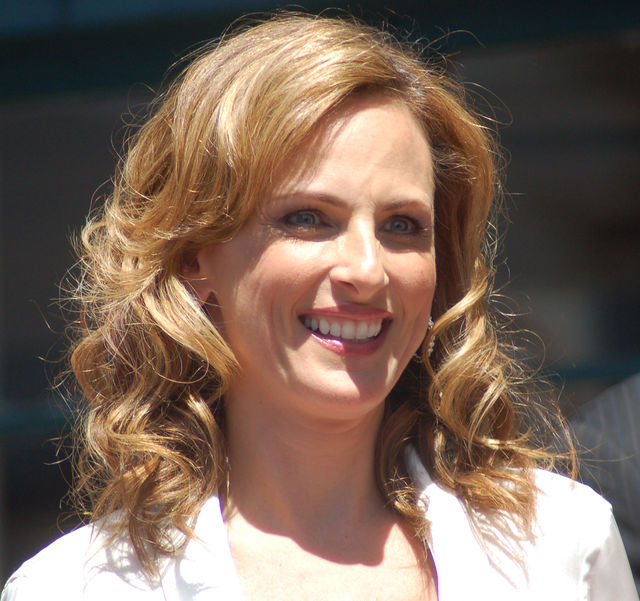We need more disability representation on screen
Marlee Matlin receiving a star on the Hollywood Walk of Fame. Matlin is a well-known deaf actress who has brought awareness to the deaf community through her many roles in film and TV.
April 24, 2023
Within the last few years, there has been a rise in Black representation and LGBTQ+ representation throughout the film industry, but there is still a lack of representation for those with disabilities.
Acting is all about accurately and realistically portraying different characters from all walks of life. The entertainment industry has made great strides in recent years to become more inclusive and representative of diverse communities. However, one group that is still vastly under-represented in movies and TV shows are actors and actresses with disabilities.
As a society, we need to recognize and prioritize the importance of disability representation in the media. It’s not just about creating more jobs for disabled actors, it’s about making sure everyone can see themselves reflected on screen.
When disabled characters are portrayed in popular media, they are often portrayed in one-dimensional ways that perpetuate stereotypes and misconceptions. For example, people that have a disability are usually considered to be “stupid;” however, this couldn’t be any further from the truth.
In the TV show Glee, the character Becky Jackson, played by Lauren Potter, has down syndrome. She was on the cheerleading team. Although her character has down syndrome, she actually was very intelligent on the show. She was stereotyped to be “stupid”. The stereotype that producers gave her was wrong, so therefore, just because someone has a disability, that doesn’t make them “stupid.”
Having more actors with a disability portraying characters that reflect them/themselves on screen can bring depth and nuance to these roles, humanizing disabled individuals and challenging damaging perceptions about disabilities.
For example, in the movie CODA, actor Daniel Durant plays the character Leo Rossi. The character in the movie is deaf, just like Durant. If Durant was not deaf, then the movie could’ve been very different. Considering that CODA is an acronym for Child of Deaf Adults, the movie is about people who are deaf. If the actor in the movie did not have a disability, then the movie’s focus on the disability would have been less pronounced.
Society tends to view disabilities as limitations or obstacles, but often it’s society’s lack of accommodations that create barriers for disabled individuals. Seeing disabled actors on screen playing a wide variety of roles and characters can help break down these misconceptions and encourage inclusion in all areas of society.
We have seen some progress in recent years, with shows and movies like “Speechless,” “Special” and “CODA” casting actors with disabilities in leading roles.
However, we still have a long way to go when it comes to disability representation in popular media. It’s time for the entertainment industry to prioritize representation and diversity not just in front of the camera but behind it as well, including in casting rooms and production teams.
Only when we make this a priority can we begin to create a future in which everyone sees themselves represented both on and off-screen.



